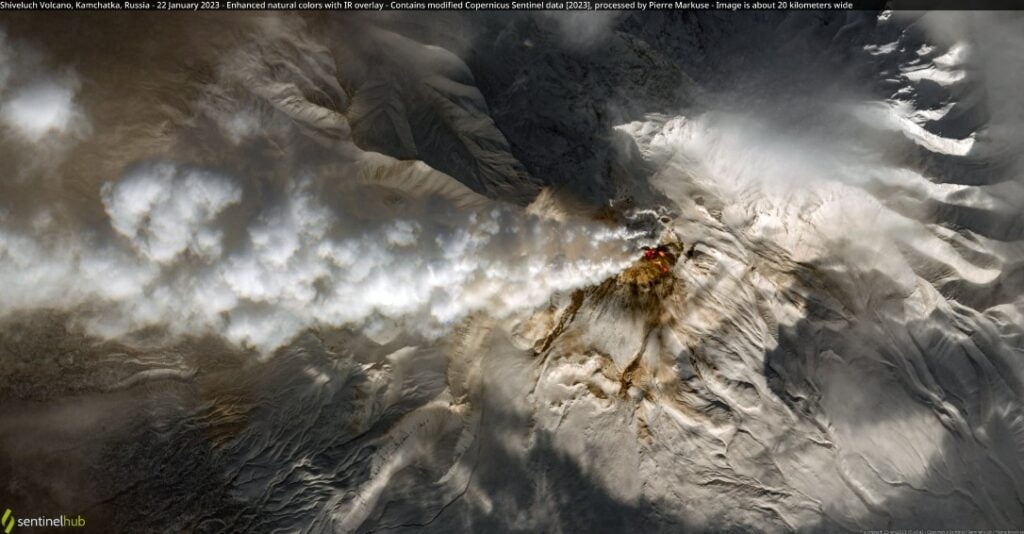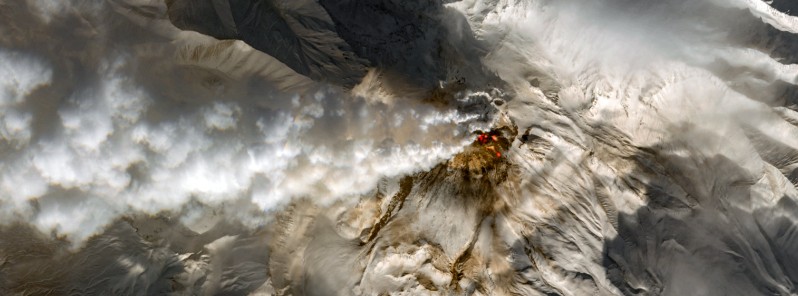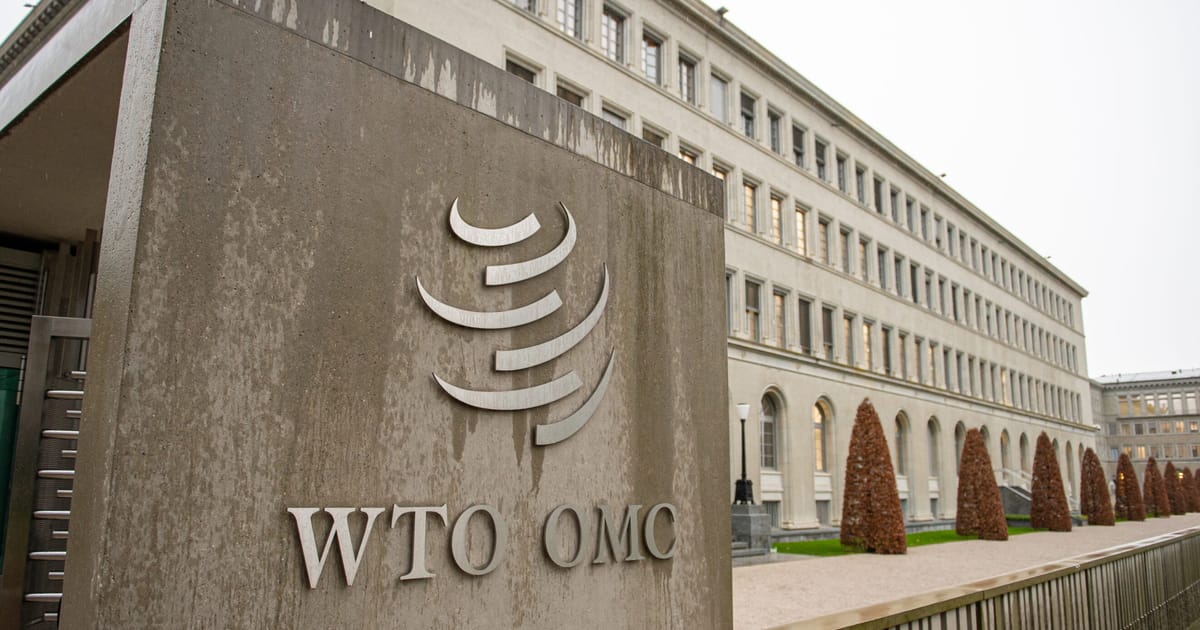The extrusive eruption at Sheveluch volcano in Russia continues, with the growth of the lava dome and strong fumarole activity observed. Incandescence of the lava dome, explosions, and hot avalanches have also been reported in conjunction with this process.
According to satellite data provided by the Kamchatka Volcanic Eruption Response Team (KVERT), an ash plume has been observed moving 25 km (15.5 miles) to the northeast of the volcano at 02:50 UTC today.
Ash explosions up to 10 – 15 km (32 800 – 49 200 feet) a.s.l. could occur at any time, potentially affecting international and low-flying aircraft at any time.
Sentinel-2 satellite flew over the volcano on January 22, capturing this high-detail image of current activity:

Located in the Kamchatka peninsula, Sheveluch is a high, isolated massif that rises above the lowlands to the north-northeast of the Kliuchevskaya volcano group. The volcano is one of the largest and most active volcanic structures in Kamchatka, with at least 60 large eruptions recorded during the Holocene. The summit of the roughly 65 000-year-old Stary Shiveluch is truncated by a broad 9-km-wide (5.6 miles) late-Pleistocene caldera, which is breached to the south. The volcano’s outer flanks also feature many lava domes.
The Molodoy Shiveluch lava dome complex was constructed during the Holocene within the large open caldera, and Holocene lava dome extrusion has also taken place on the flanks of Stary Shiveluch. Widespread tephra layers from these eruptions have provided valuable time markers for dating volcanic events in Kamchatka. The volcano is known for frequent collapses of its dome complexes, the most recent of which occurred in 1964. These collapses have produced debris avalanches whose deposits cover much of the floor of the breached caldera.




